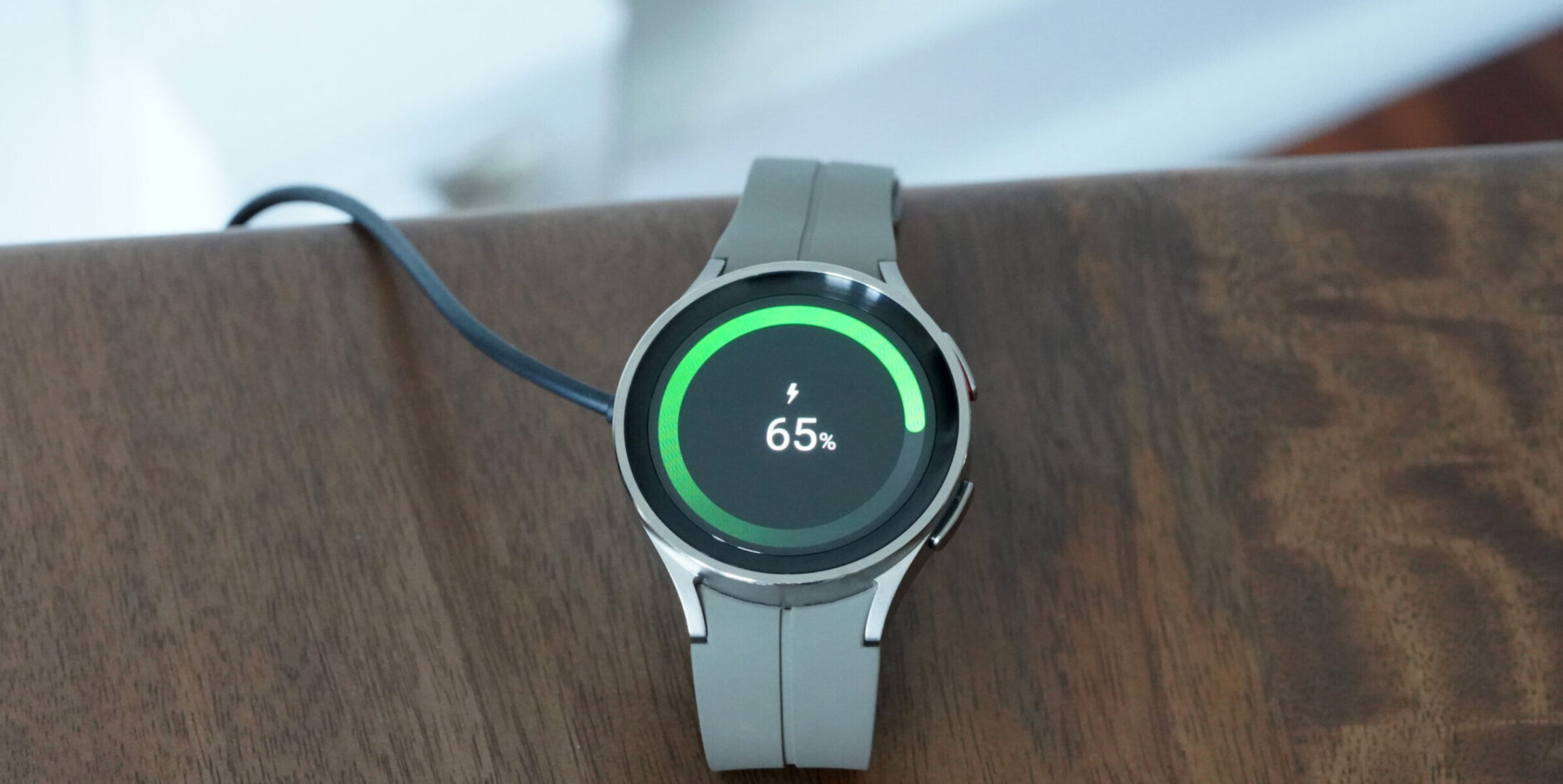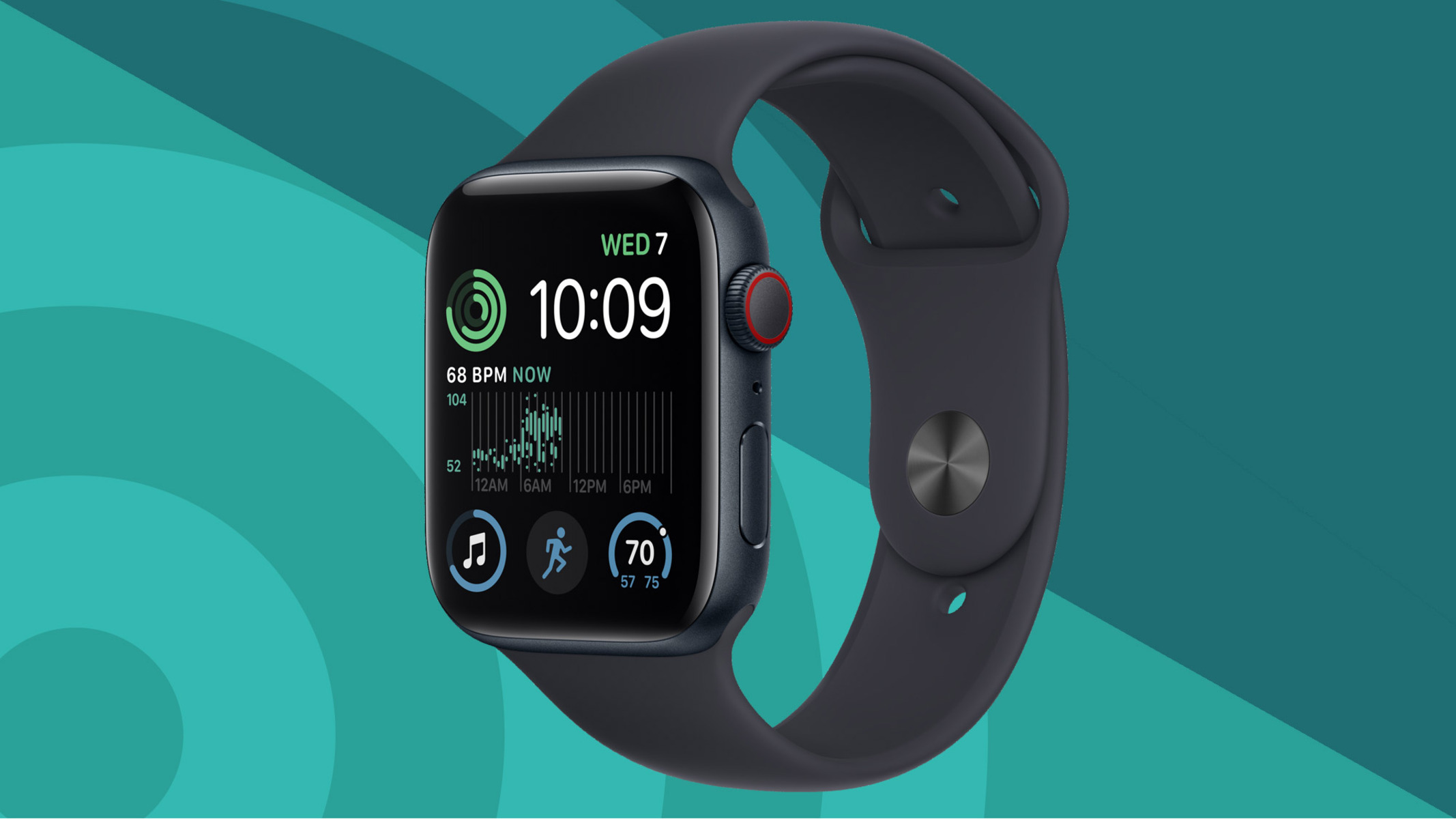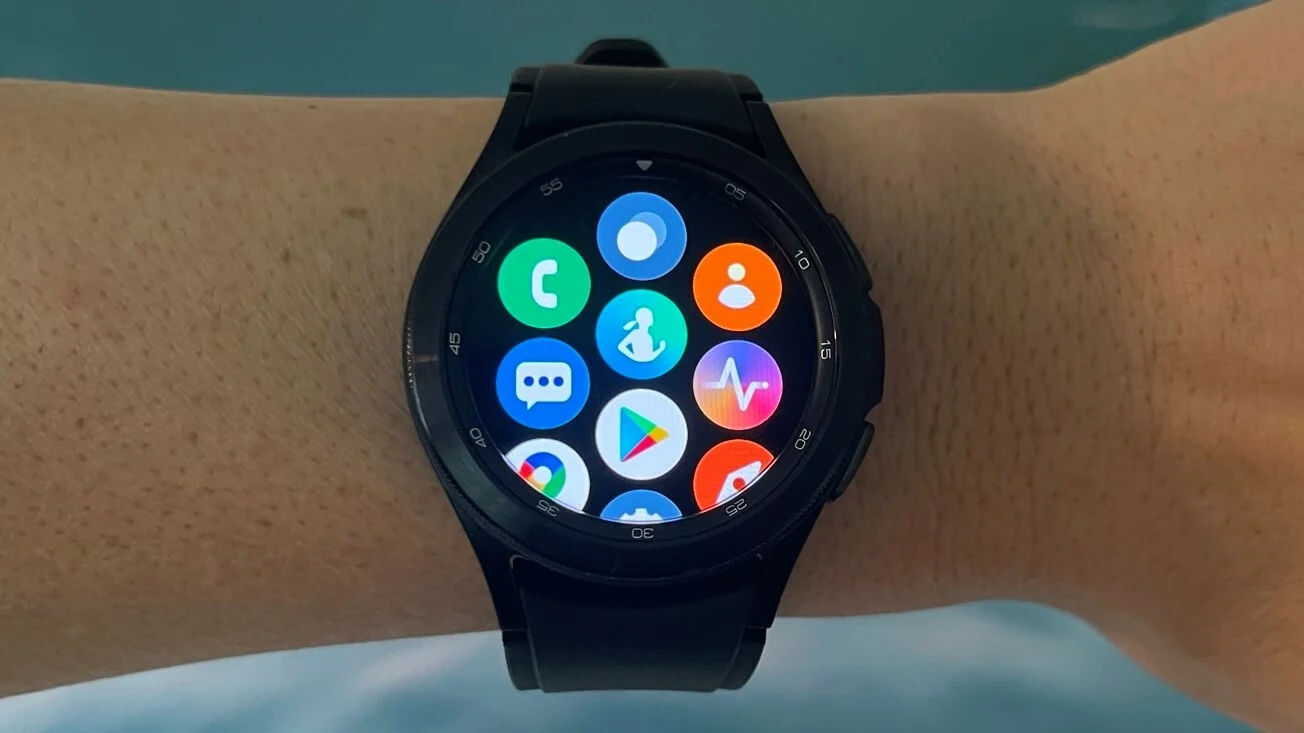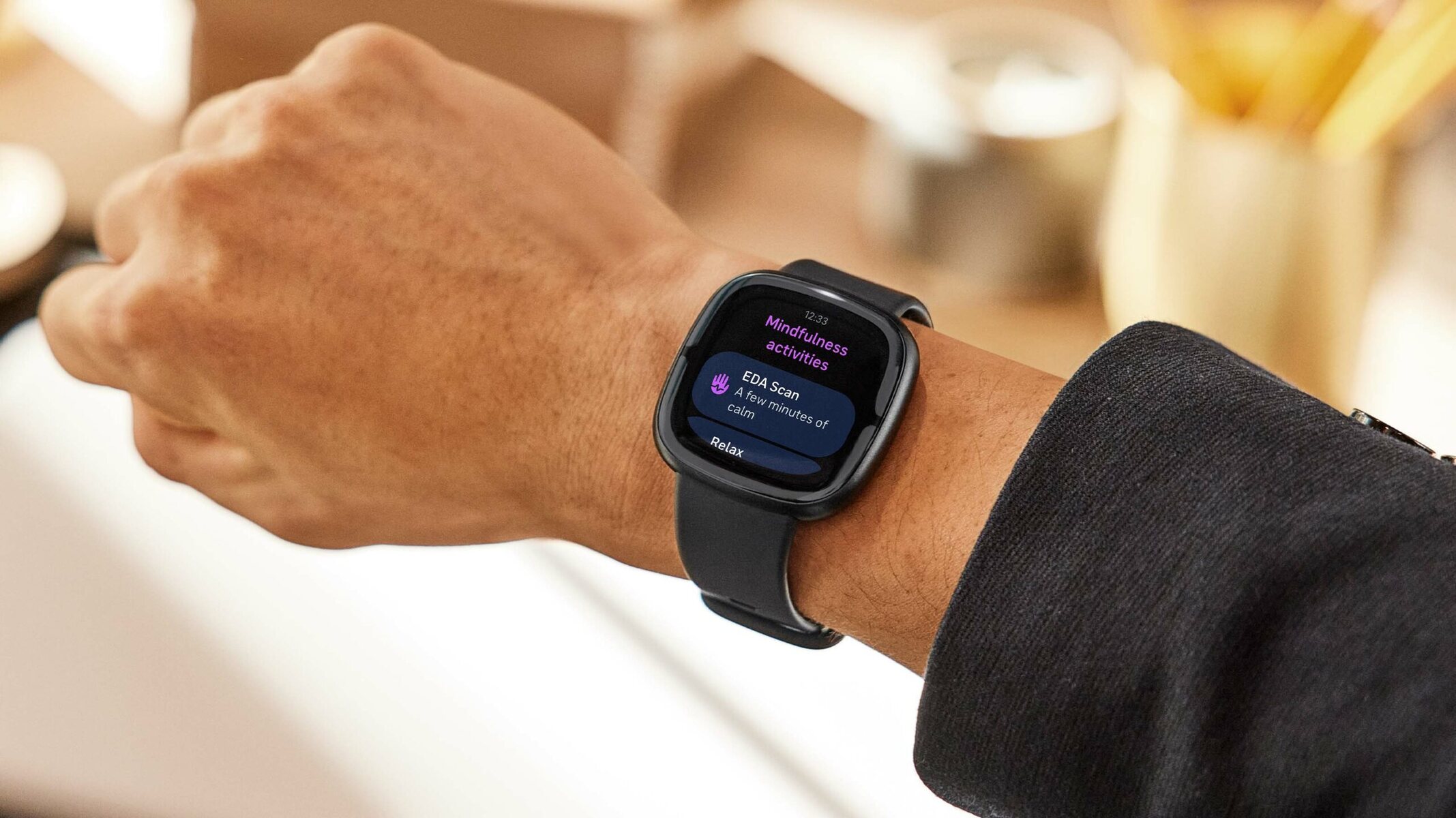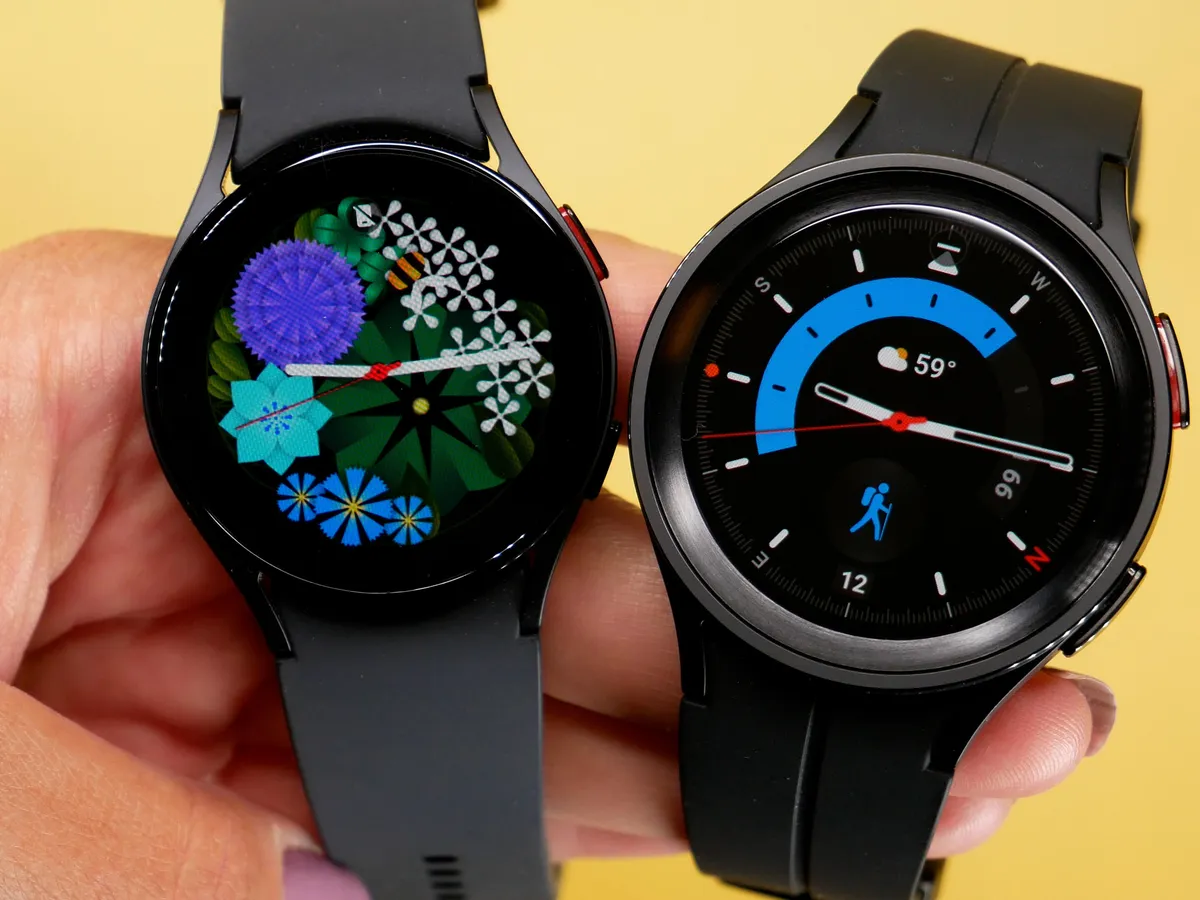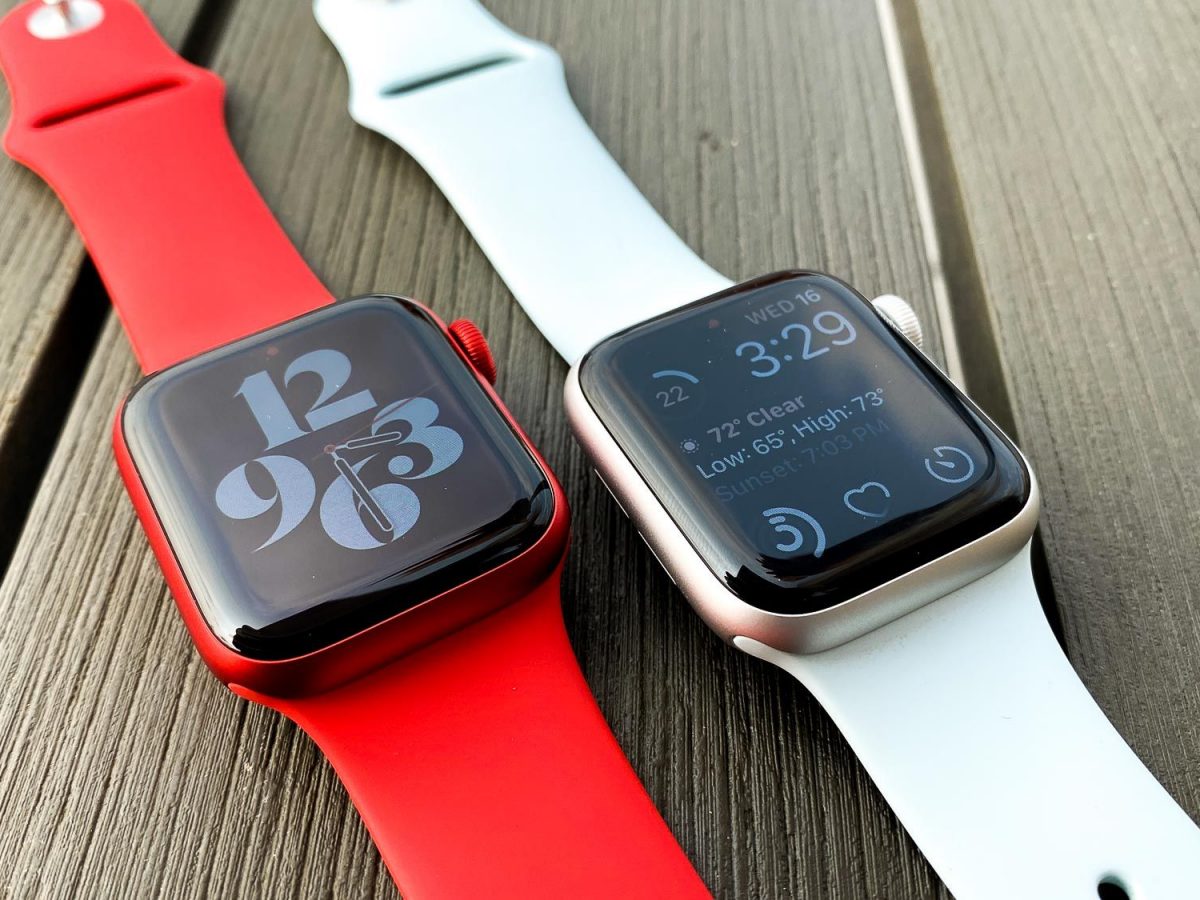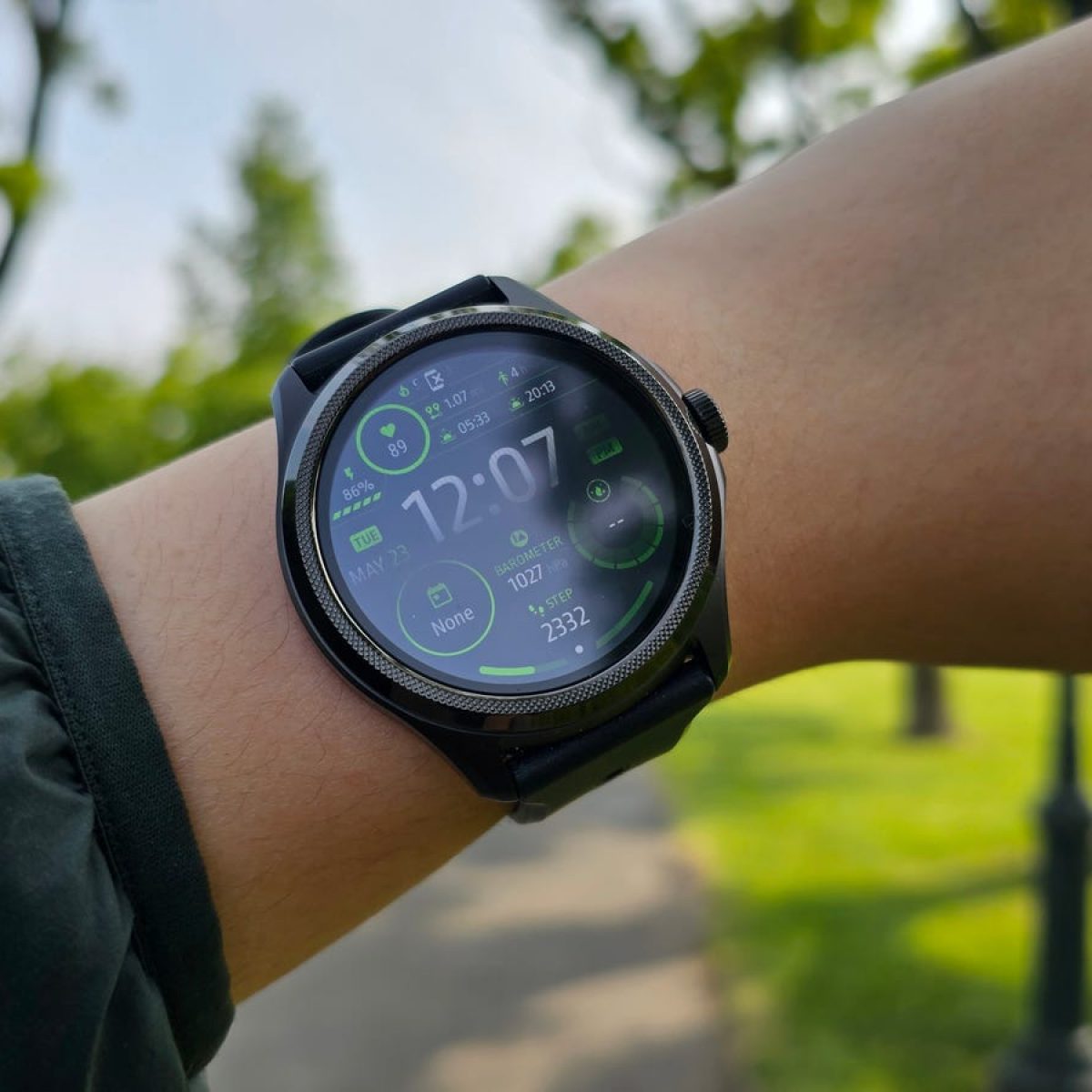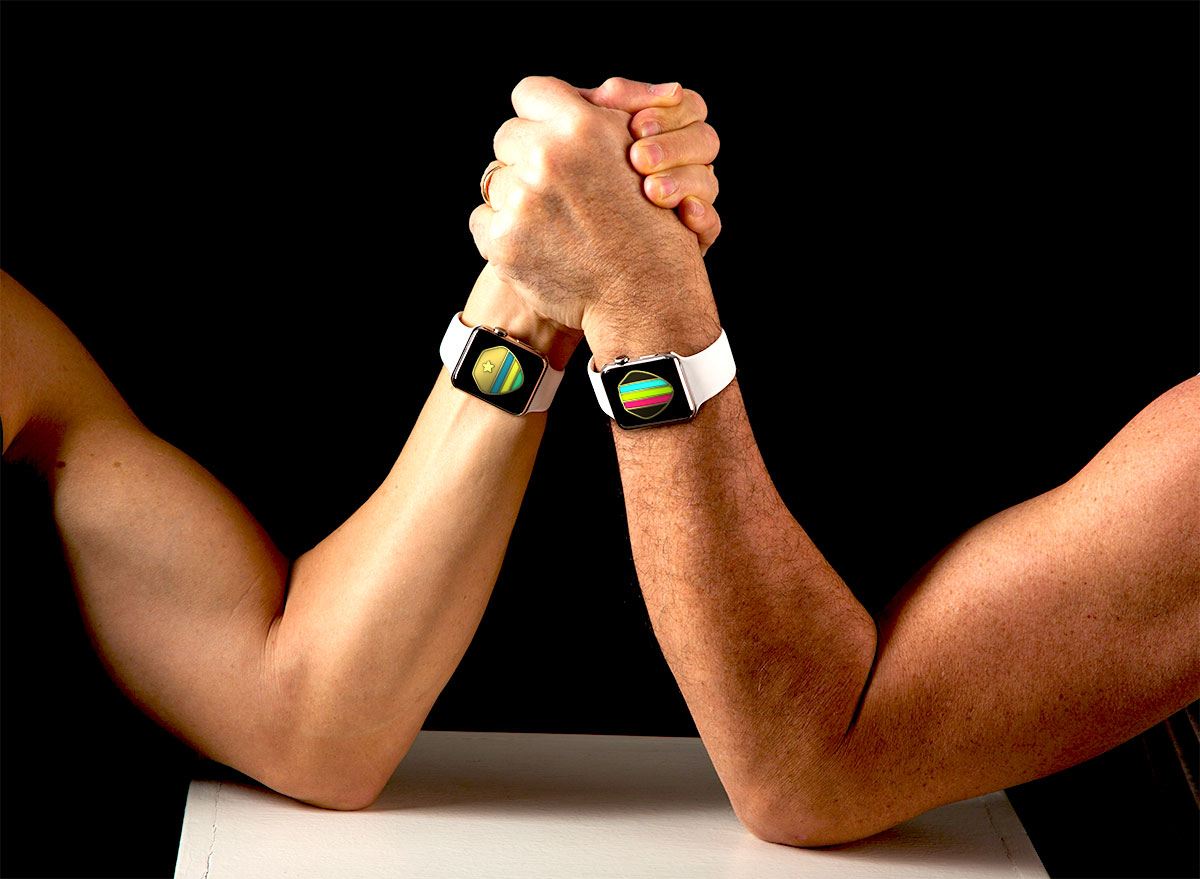Introduction
Understanding Smartwatch Battery Life: What to Expect
Smartwatches have become an indispensable accessory, seamlessly blending fashion and functionality. These nifty devices offer a myriad of features, from fitness tracking and notifications to music playback and contactless payments, all conveniently strapped to our wrists. However, one of the most common concerns among smartwatch users is battery life. Understanding what to expect in terms of battery performance can help users make informed decisions and manage their expectations.
As with any portable electronic device, battery life is a critical consideration when purchasing a smartwatch. While advancements in technology have led to significant improvements in battery efficiency, the multitude of features packed into these compact devices can still take a toll on their power reserves. It’s important for users to have a realistic understanding of the factors that influence smartwatch battery life and to be aware of strategies for optimizing and extending battery performance.
In this article, we will delve into the various factors that affect smartwatch battery life, explore the typical battery life of different smartwatch models, and provide practical tips for maximizing battery longevity. By gaining a comprehensive understanding of smartwatch battery life, users can make informed decisions when selecting a smartwatch and effectively manage their device’s power consumption to ensure a seamless and uninterrupted user experience.
Factors Affecting Smartwatch Battery Life
Understanding the Impact of Various Factors on Smartwatch Battery Life
Smartwatch battery life is influenced by a multitude of factors, each playing a crucial role in determining how long a device can function on a single charge. By comprehending the impact of these factors, users can gain valuable insights into the dynamics of smartwatch power consumption and take proactive measures to optimize battery performance.
1. Display Technology:
The display is one of the primary power consumers in a smartwatch. Devices equipped with OLED or AMOLED displays are generally more power-efficient compared to those with traditional LCD screens. Additionally, features such as always-on displays and high brightness settings can significantly impact battery life.
2. Connectivity:
Wireless connectivity features, such as Bluetooth and Wi-Fi, play a pivotal role in draining the smartwatch battery. Constantly syncing with a smartphone, receiving notifications, and streaming music via Bluetooth can contribute to increased power consumption.
3. Sensors and Features:
Smartwatches are equipped with an array of sensors, including heart rate monitors, GPS, accelerometers, and ambient light sensors. These sensors, along with features like continuous heart rate monitoring, GPS tracking, and automatic workout detection, can substantially impact battery life.
4. Operating System and Apps:
The efficiency of the operating system and the optimization of third-party apps can greatly influence battery performance. Inefficient coding, background app refresh, and excessive app usage can lead to higher power consumption.
5. Battery Capacity and Age:
The physical battery capacity and its age directly affect the runtime of a smartwatch. Over time, the battery’s ability to hold a charge diminishes, resulting in reduced overall battery life.
By recognizing the pivotal role played by these factors, users can make informed decisions when selecting a smartwatch and implement practical strategies to maximize battery efficiency. Understanding the interplay of these elements empowers users to optimize their smartwatch usage and extend the device’s battery life, ensuring a seamless and uninterrupted user experience.
Typical Battery Life of Smartwatches
When it comes to smartwatch battery life, the duration a device can operate on a single charge varies significantly across different models and brands. Several factors, such as the device’s features, display technology, and battery capacity, collectively determine the typical battery life of a smartwatch. Understanding the average battery performance of popular smartwatch models can aid users in making informed purchase decisions and managing their expectations regarding daily usage.
On average, most modern smartwatches offer a battery life ranging from one to three days on a single charge. However, this estimate can fluctuate based on usage patterns and the specific features utilized. For instance, smartwatches with extensive fitness tracking capabilities and continuous heart rate monitoring may experience shorter battery life compared to those primarily used for basic notifications and occasional activity tracking.
Popular Smartwatch Models and Their Battery Life:
- Apple Watch Series 6: The Apple Watch Series 6, known for its comprehensive health and fitness features, typically boasts a battery life of around 18 hours with normal usage, including periodic workout tracking and app usage.
- Samsung Galaxy Watch 3: Samsung’s flagship smartwatch, the Galaxy Watch 3, offers an average battery life of approximately two days, catering to users who prioritize a blend of productivity and health monitoring features.
- Fitbit Versa 3: With a focus on fitness and wellness, the Fitbit Versa 3 delivers a battery life of up to six days, making it an ideal choice for users seeking extended usage between charges.
- Garmin Forerunner 945: Geared towards athletes and outdoor enthusiasts, the Garmin Forerunner 945 boasts an impressive battery life of up to two weeks in smartwatch mode, emphasizing prolonged endurance during intense training and outdoor activities.
It’s important to note that these estimates are based on typical usage scenarios and can vary based on individual usage patterns, settings, and software updates. Additionally, advancements in battery technology and power management continue to influence the overall battery life of smartwatches, with manufacturers constantly striving to enhance efficiency and longevity.
By familiarizing themselves with the typical battery life of popular smartwatch models, users can align their expectations with the capabilities of their chosen device and proactively adopt strategies to optimize battery performance, ensuring a seamless and uninterrupted smartwatch experience.
Tips for Extending Smartwatch Battery Life
Maximizing the battery life of a smartwatch is a priority for users seeking prolonged usage between charges. Fortunately, there are several practical strategies and tips that can help optimize battery performance, ensuring that the smartwatch remains functional throughout the day and beyond. By implementing these measures, users can effectively manage power consumption and enhance the overall longevity of their smartwatch’s battery.
1. Adjust Display Settings:
Optimizing the display settings can significantly impact battery life. Lowering the screen brightness, enabling the “wake on wrist raise” feature instead of an always-on display, and utilizing simpler watch faces can contribute to extended battery longevity.
2. Manage Connectivity Features:
Disabling unnecessary wireless features such as Wi-Fi and Bluetooth when not in use can conserve power. Additionally, limiting the frequency of notifications and app syncing can help reduce the overall power consumption related to connectivity.
3. Customize App Usage:
Managing app usage and permissions is crucial for efficient power management. Disabling background app refresh and limiting the number of active apps can minimize unnecessary battery drain caused by excessive app activity.
4. Enable Power Saving Modes:
Many smartwatches offer power saving modes that can be activated to extend battery life during low-power situations. These modes typically disable non-essential features and background processes, ensuring essential functions remain operational while conserving power.
5. Regular Software Updates:
Keeping the smartwatch’s operating system and apps up to date is essential for optimizing battery performance. Software updates often include improvements in power management and efficiency, addressing potential battery-draining issues.
6. Monitor Sensor Usage:
Smartwatches are equipped with various sensors that contribute to power consumption. Disabling continuous heart rate monitoring, GPS tracking, and other sensor-intensive features when not actively needed can help preserve battery life.
7. Utilize Battery-Saving Watch Faces:
Choosing watch faces that are designed for minimal power consumption can have a positive impact on battery life. Selecting watch faces that display essential information without excessive animations or complications can help conserve power.
By incorporating these practical tips into their smartwatch usage habits, users can effectively extend the battery life of their devices, ensuring consistent functionality and reducing the need for frequent recharging. These strategies empower users to optimize their smartwatch experience and enjoy sustained usage between charges.
Wrapping Up
Understanding the intricacies of smartwatch battery life is essential for users to make informed decisions, manage their device’s power consumption, and optimize their overall user experience. By exploring the factors that influence battery performance, gaining insight into the typical battery life of popular smartwatch models, and implementing practical strategies to extend battery longevity, users can effectively navigate the dynamic landscape of smartwatch technology.
As smartwatches continue to evolve, manufacturers are dedicated to enhancing battery efficiency through advancements in display technology, power management, and software optimization. This ongoing progress underscores the importance of staying informed about the latest developments and best practices for maximizing smartwatch battery life.
Ultimately, by aligning their expectations with the capabilities of their chosen smartwatch and proactively implementing power-saving strategies, users can enjoy a seamless and uninterrupted smartwatch experience. Whether it’s adjusting display settings, managing connectivity features, or leveraging power-saving modes, the collective efforts to optimize battery performance empower users to make the most of their smartwatch’s capabilities while minimizing the need for frequent recharging.
By embracing a holistic approach to smartwatch battery management, users can confidently integrate these innovative devices into their daily lives, leveraging their diverse features and functionalities without being hindered by concerns about battery life. As smartwatch technology continues to flourish, users can look forward to a future where battery efficiency and longevity are further enhanced, enriching the overall smartwatch experience for all users.







